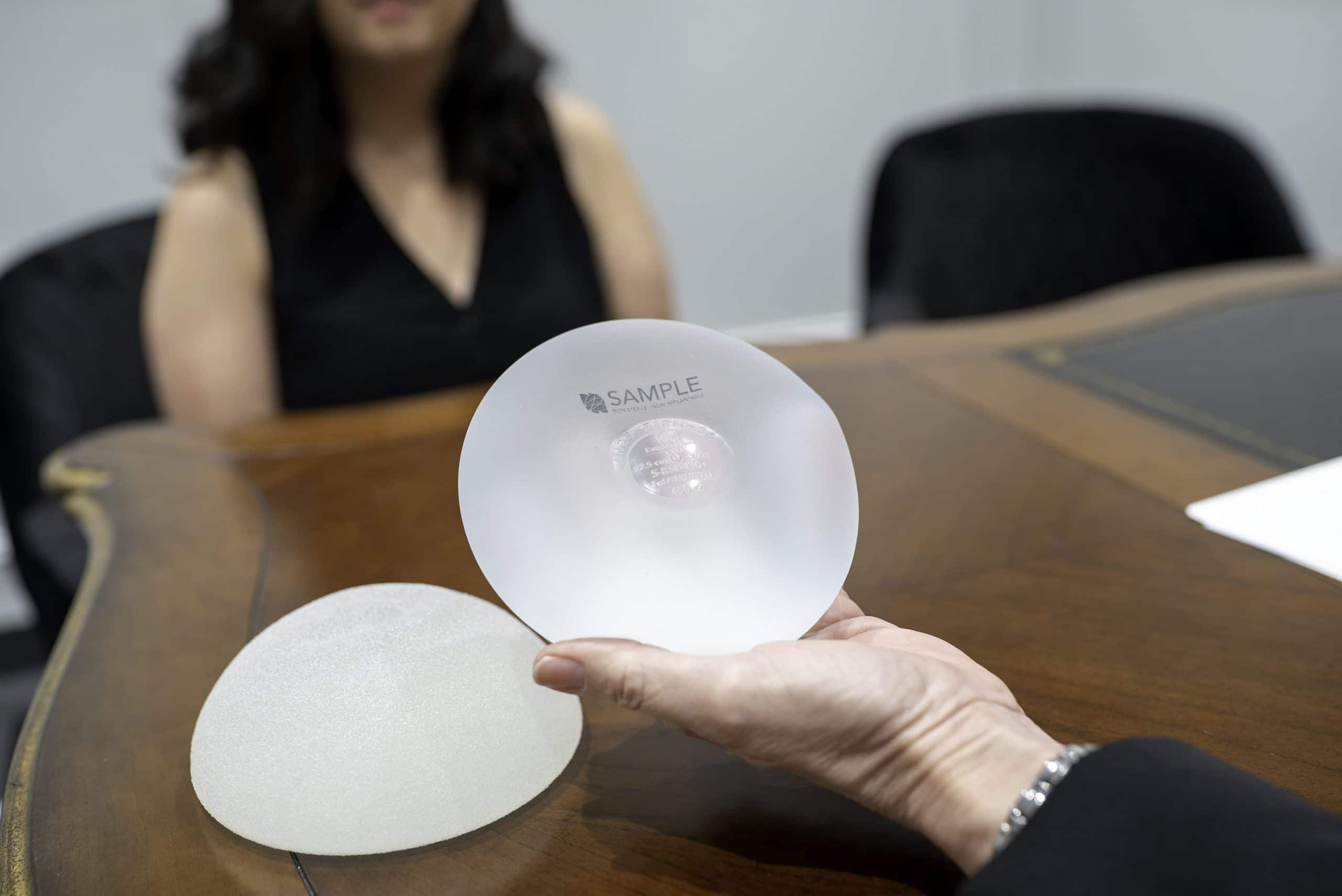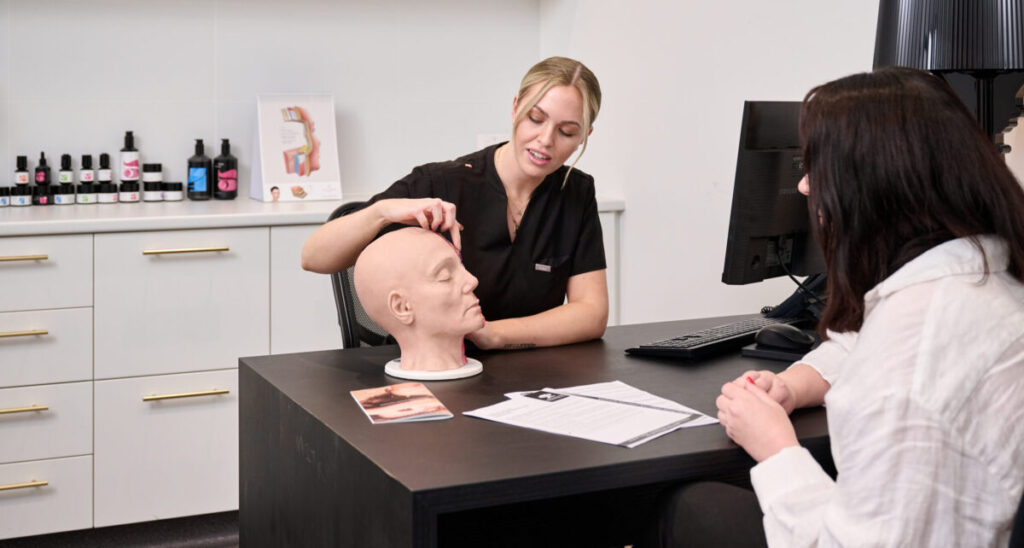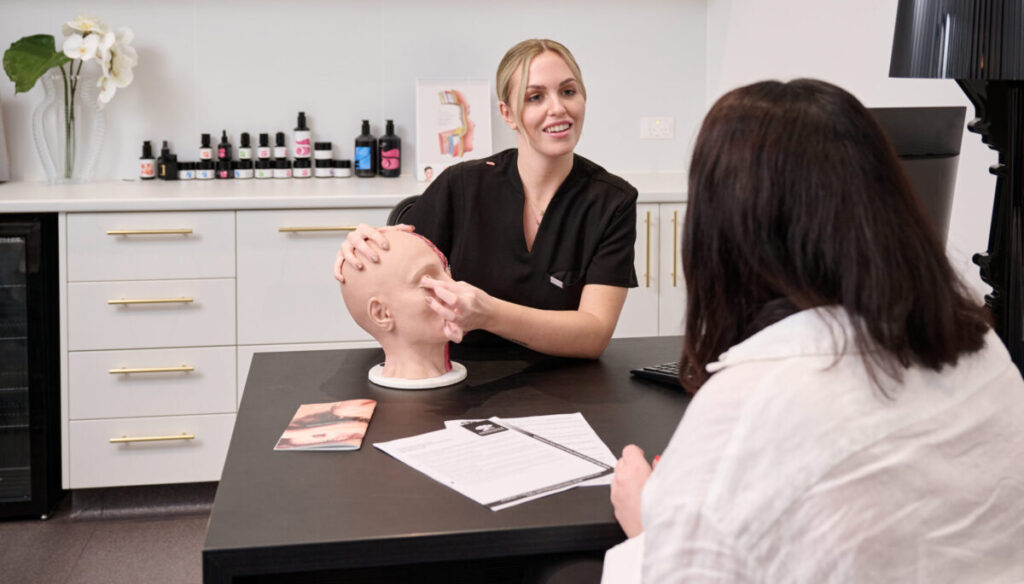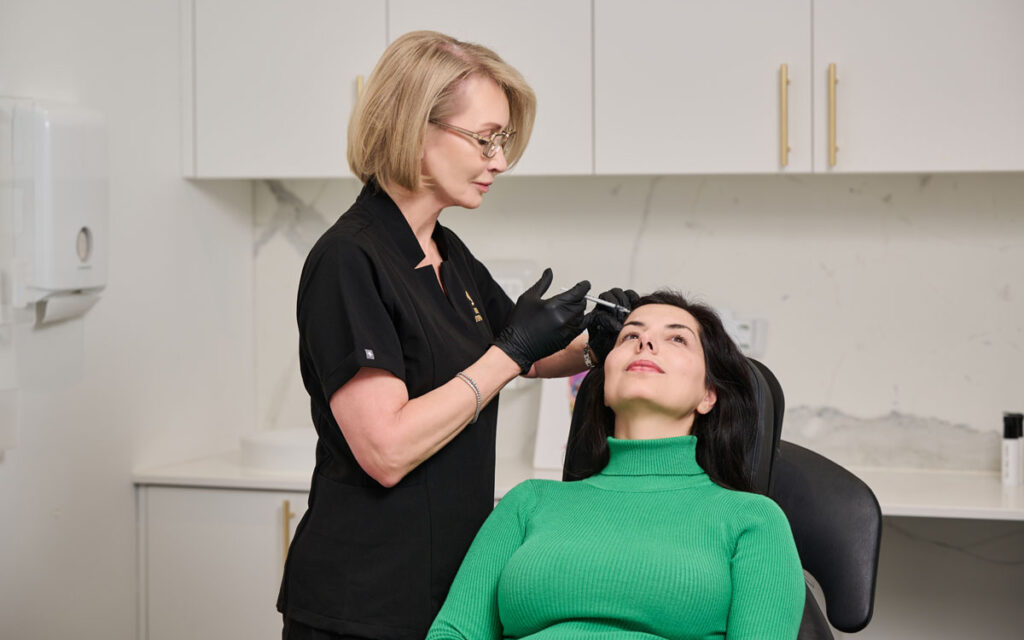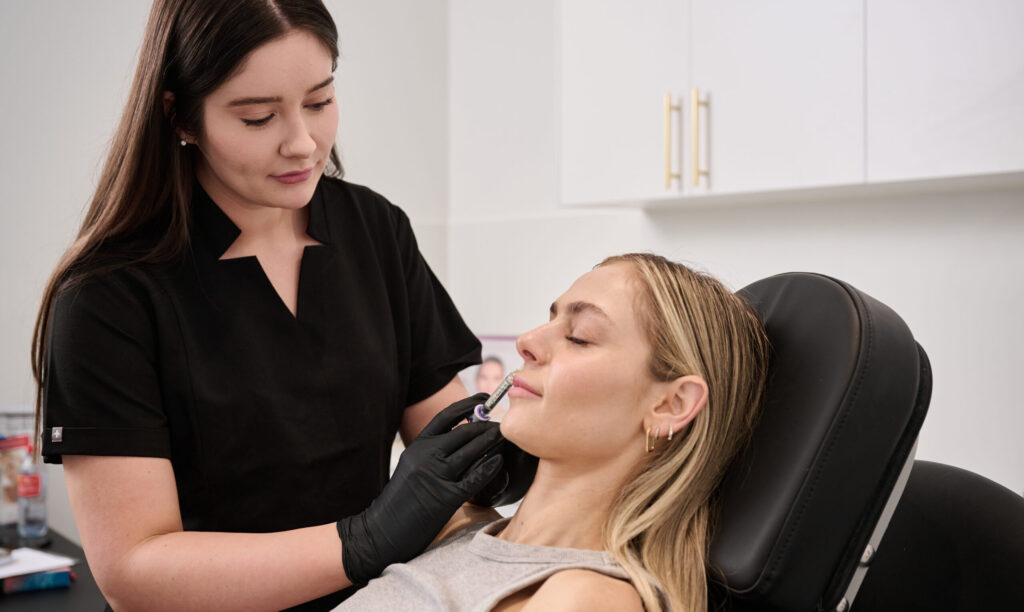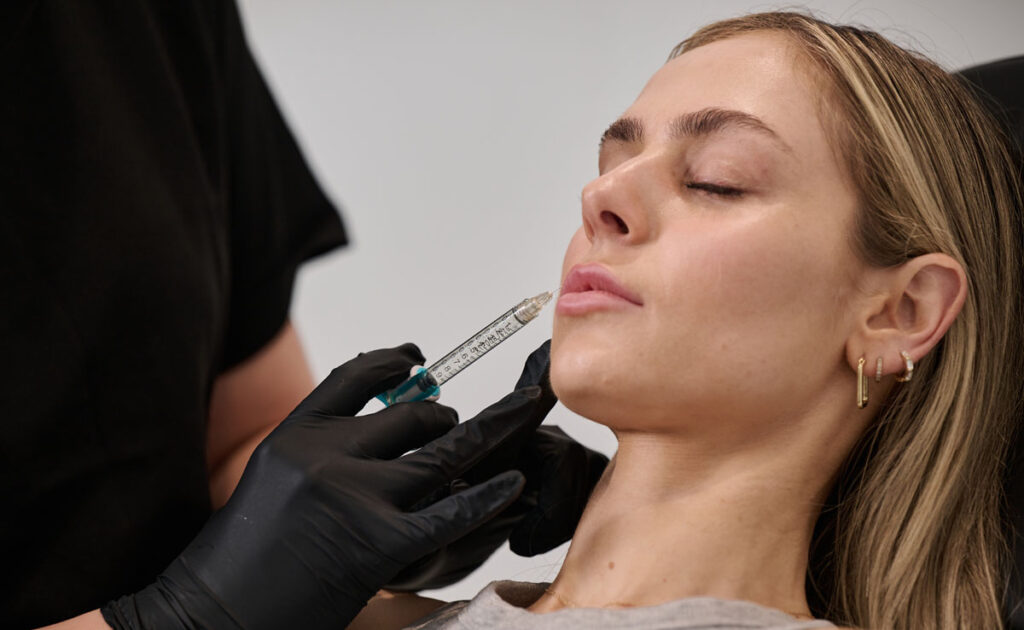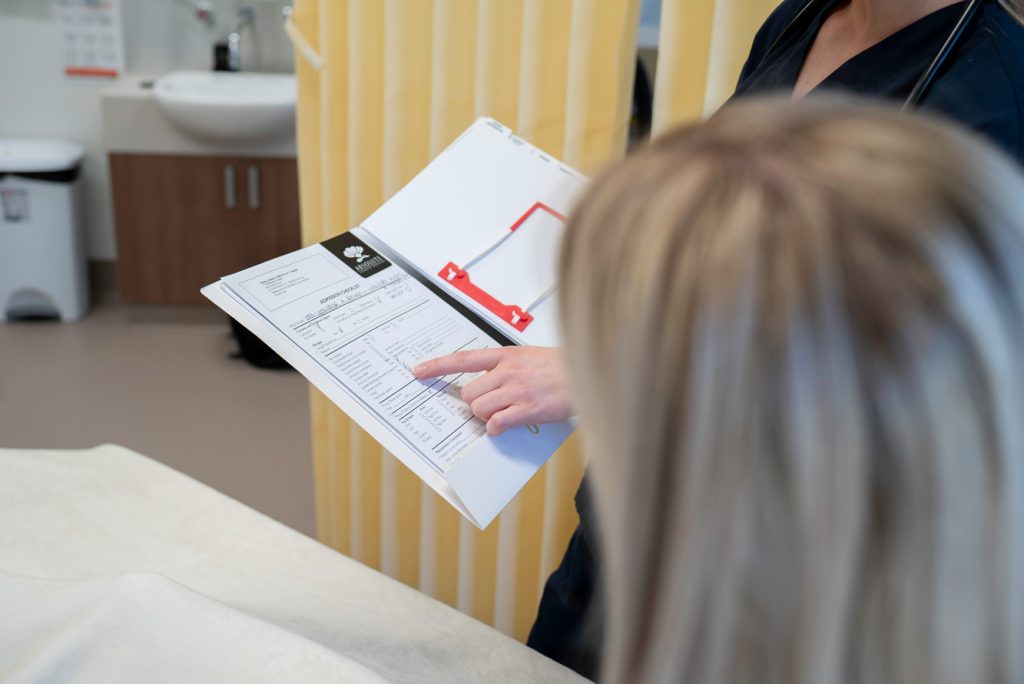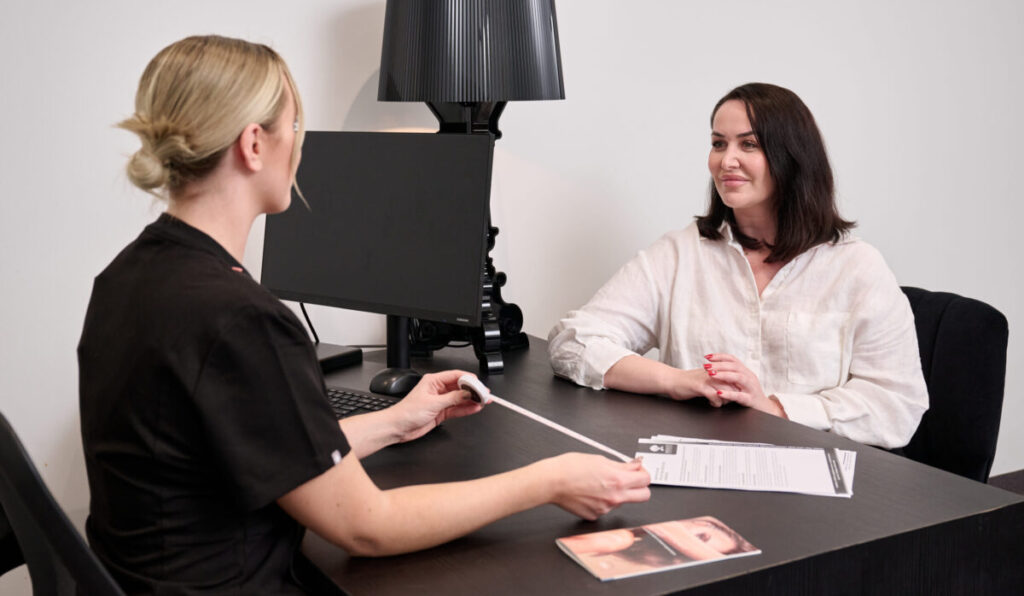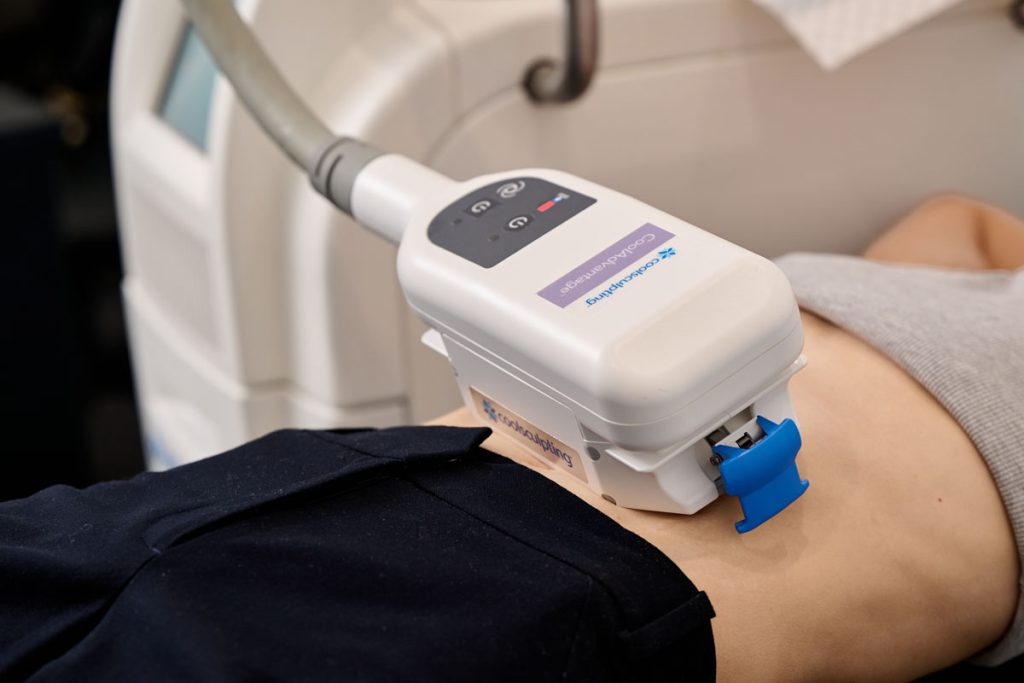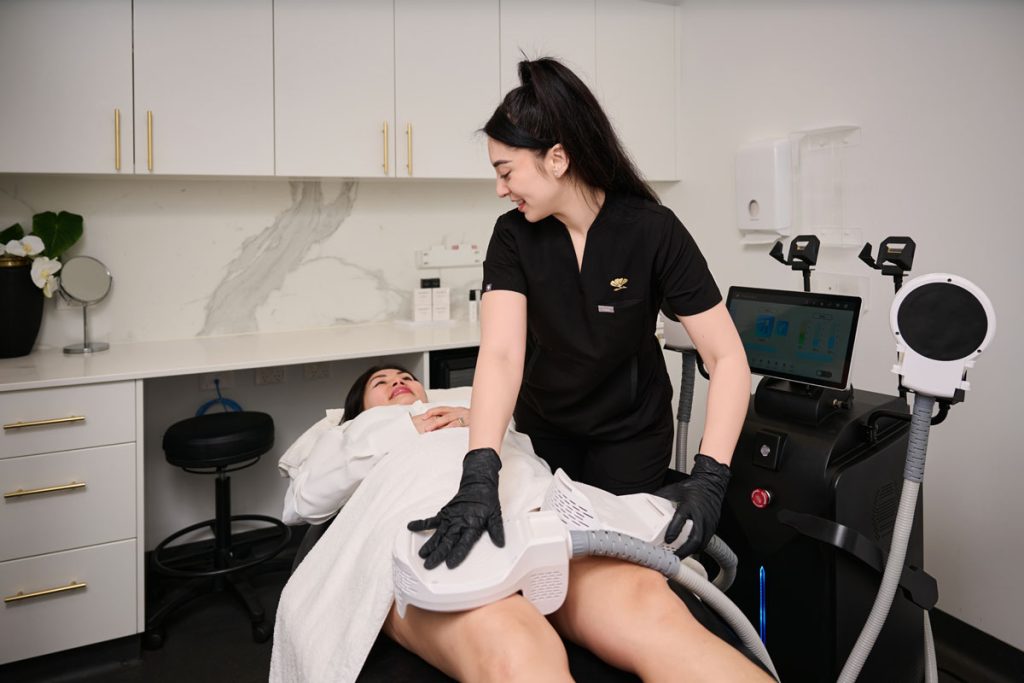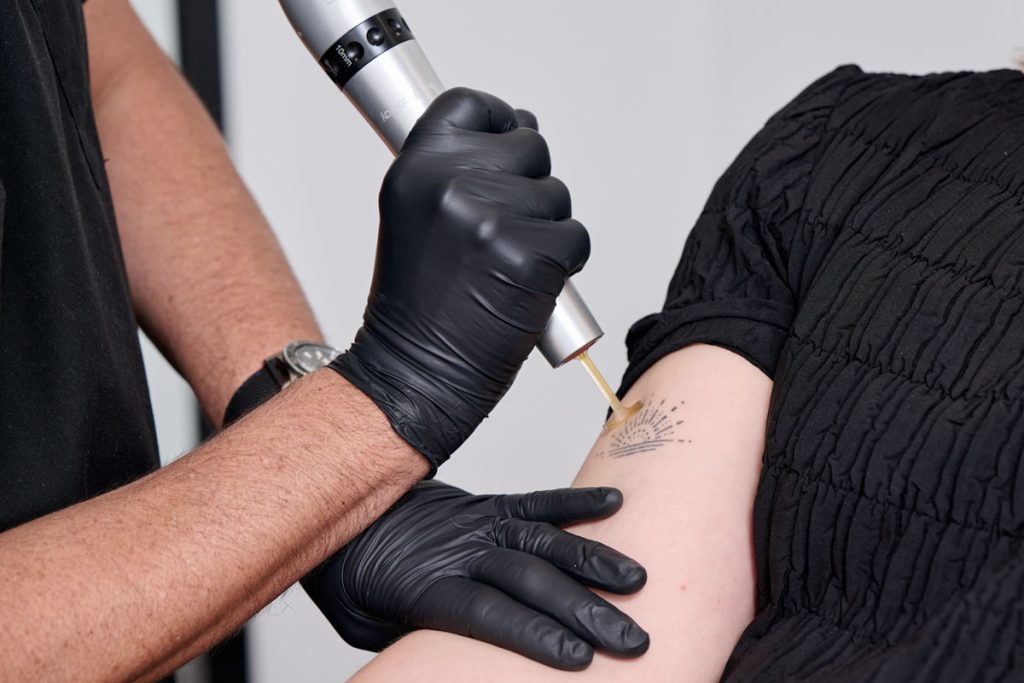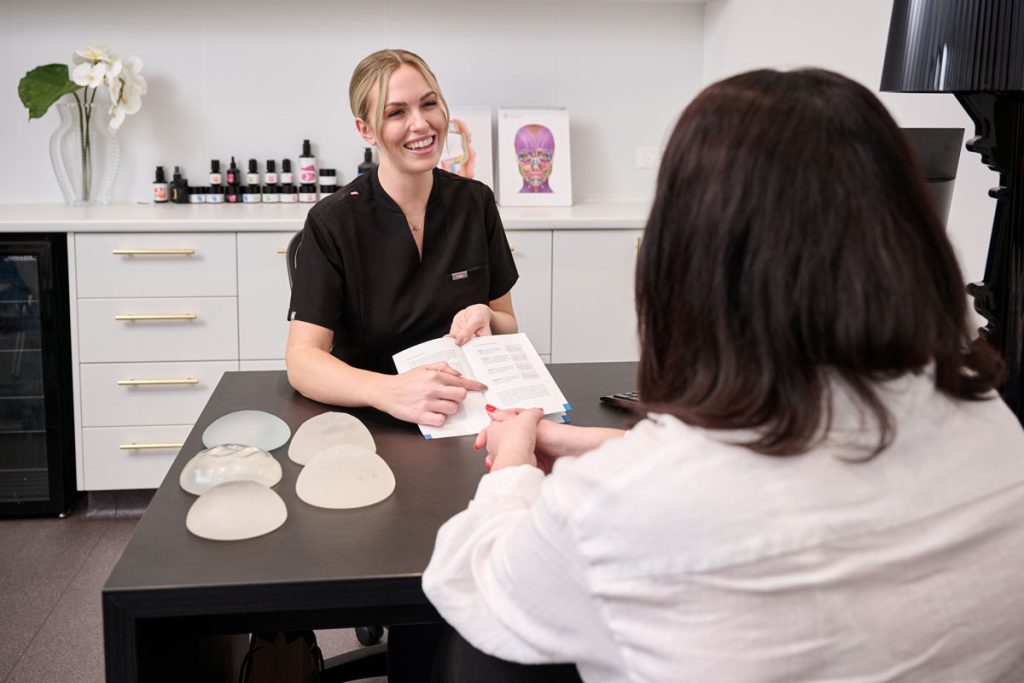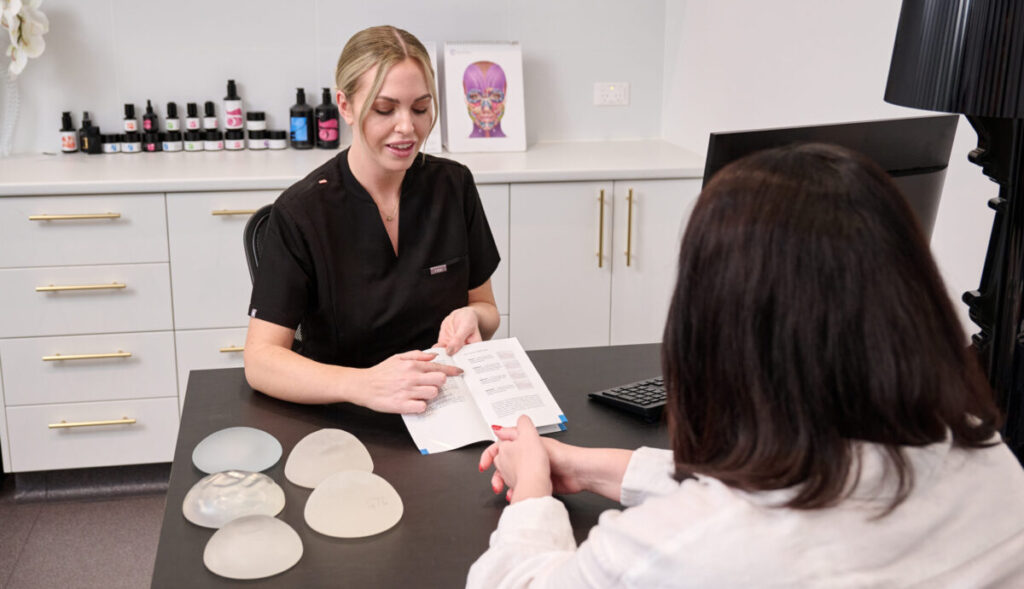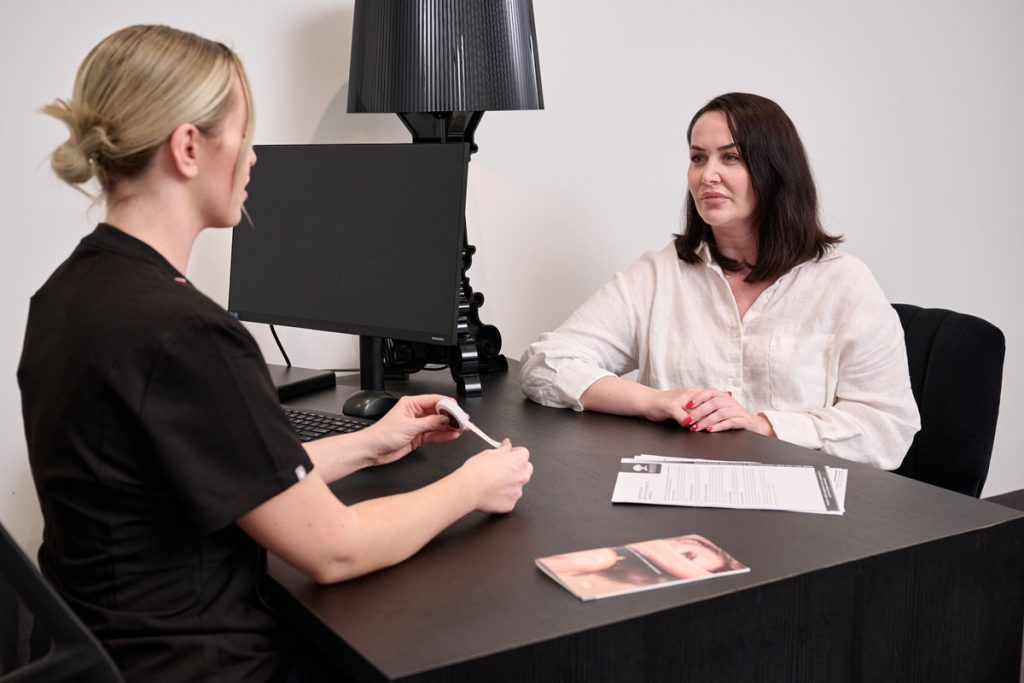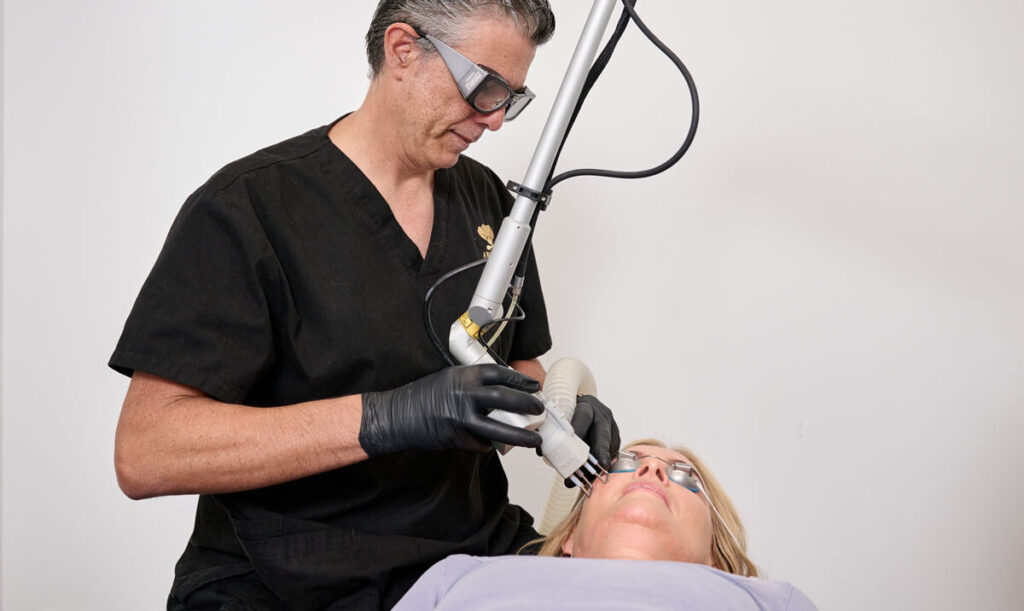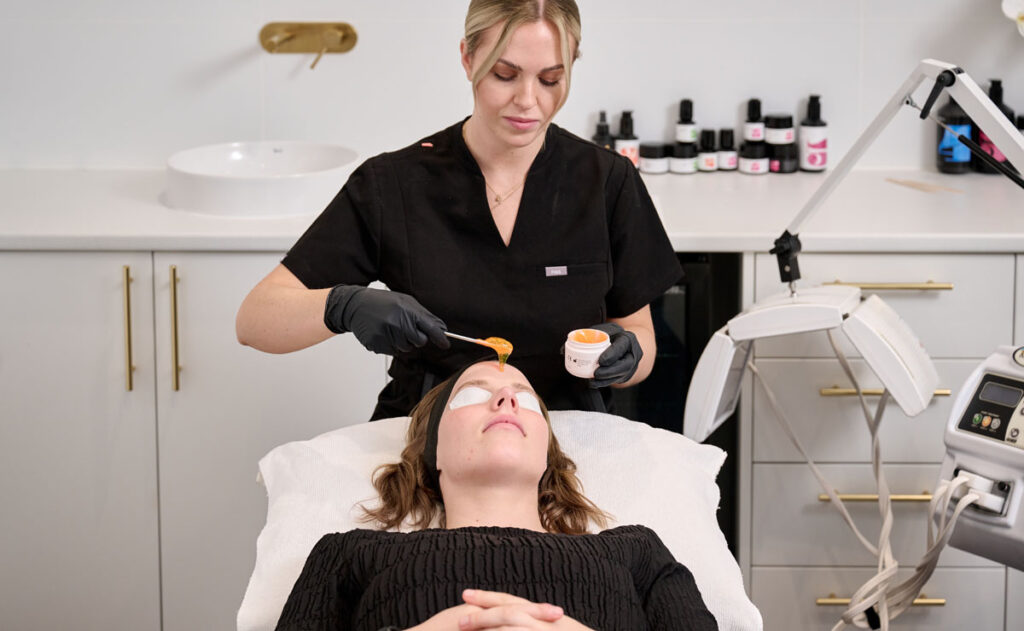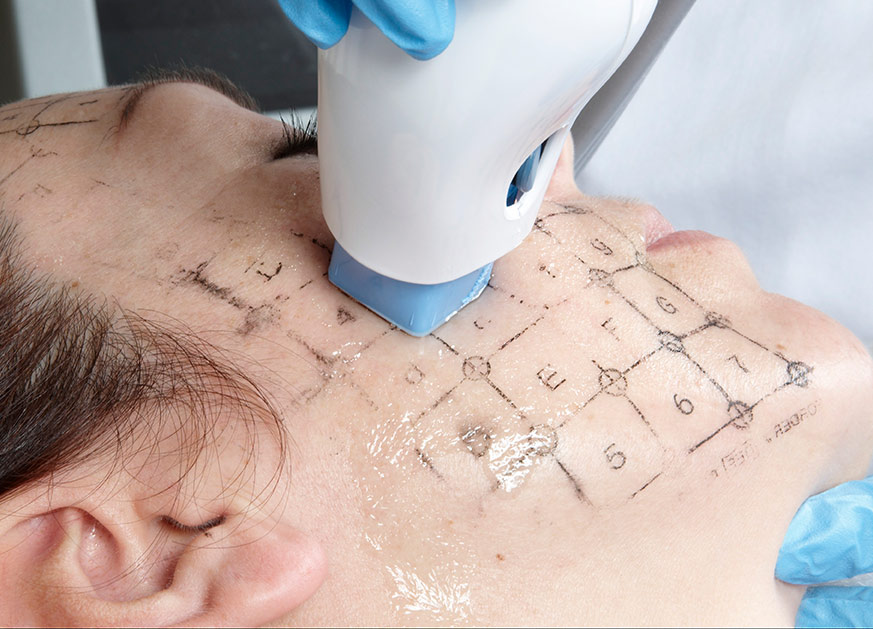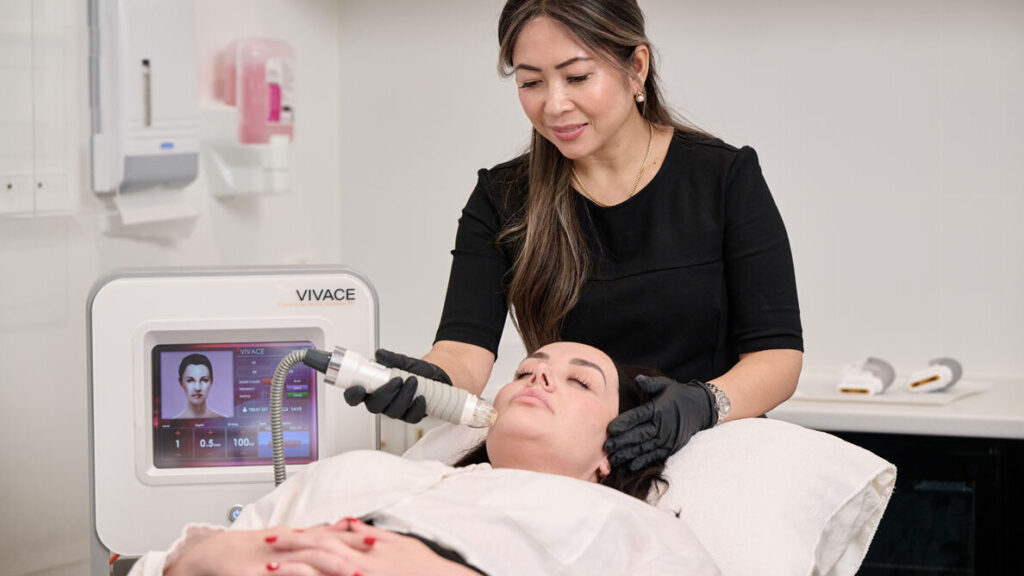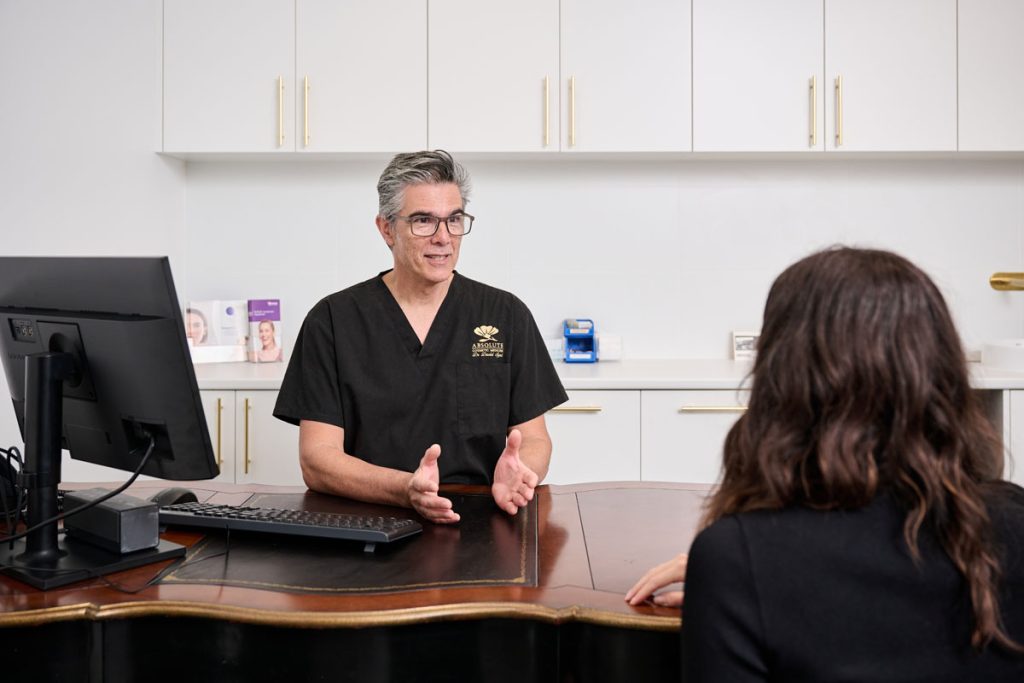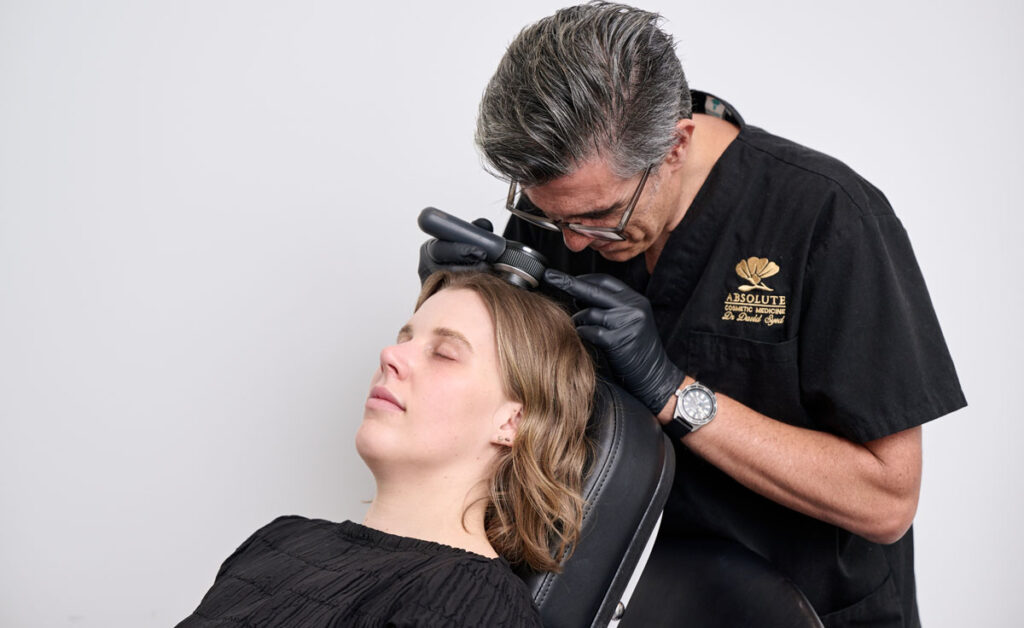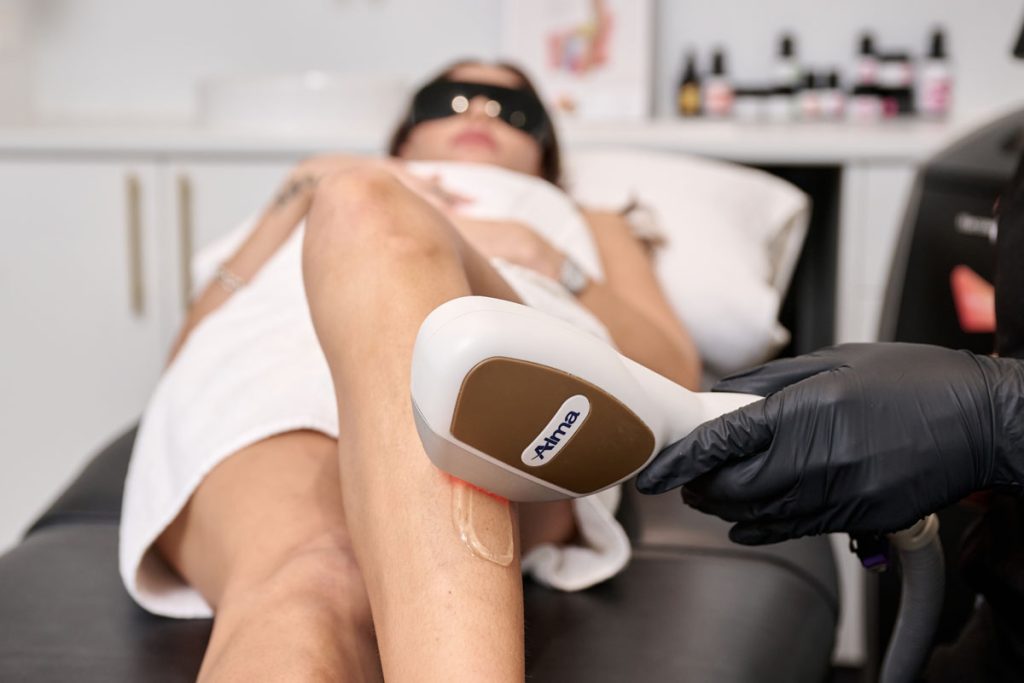Breast Augmentation is one of the most popular cosmetic procedures in the world. We have noticed an increase in patients who are interested in Fat Transfer to the breast. The most common questions asked are “What is the difference between Breast Implants and Fat Transfer” and “Should I get Breast Implants or Fat Transfer?”.
To discuss your personal circumstances and make a recommendation on what is best for you personally it is important to have a consultation with an experienced Cosmetic Doctor. However, we have put together some general information on the differences between Breast Implants and Fat Transfer to the breasts.
Results – Size of Breasts
Fat Transfer to the breast can produce a subtle result that may increase the breast size by 1-3 cup sizes. Breast Implants come in a variety of sizes and can increase breast size dramatically. If you are looking for a large increase in breast size, you may be happier with the result of Breast Implants. If you are looking for a subtle increase in size or to replace lost volume only you may be suitable for the fat transfer to the breast.
It is imperative to consult with a cosmetic doctor to ensure you are making the right decision for you. When booking a consultation with any cosmetic doctor, you must have a GP referral first. Two consultations are required before a 7 day cooling off period commences and then surgery can be booked. We encourage you to do your own research and obtain a second opinion so that you are confident and educated with your final decision.
Body Contouring
To perform Fat Transfer the fat must be harvested by performing liposuction to an area of the body, often the legs or stomach. Due to this there is an added benefit with Fat Transfer that you can reduce stubborn fat pockets to some degree and the procedure could be combined with Vaser Pro Liposculpture.
Suitability for the Procedure
Suitability for Fat Transfer will depend on the amount of body fat. Fat Transfer to the breast can be done on small patients, but patients with very little subcutaneous fat may not be suitable as there is not enough fat to create a result. It may be recommended to put on 1 or 2 kilos to allow for enough fat to be harvested.
Downtime
Fat Transfer is a less invasive procedure than Breast Augmentation with implants; therefore, the downtime after fat transfer is less. After breast implants it is recommended to take 2 weeks off of work and you must refrain from exercise for at least 6 weeks. After Fat Transfer patients are usually able to return to work 5 days post procedure.
Scars
The scars associated with fat transfer are very small. The scars associated with breast implants are modestly larger, however, they are positioned in the natural fold of the breast to make them less visible. Scars with Breast Augmentation with implants can fade overtime by using silicone strips and heal-lite therapy which a nurse can discuss with you during your post operative appointments.
Complications
Both Fat Transfer and Breast Implants come with complications. Fat Transfer utilises your own body fat to enhance the size and shape of the breast meaning that there is no risk of an allergic reaction to the implanted tissue. With Fat transfer there is no risk of many implant associated complications such as capsular contracture and rippling. Although there is a risk of capsular contracture with any implant, the rate of capsular contracture in our patients is well below average. Fat Transfer may need top-up and further procedures. Those with a strong family history of breast cancer should avoid this procedure.
BIA-ACLC
The TGA are currently reviewing the use of a number of textured implants due to the link between certain implants and BIA-ALCL. This is a rare condition that is thought to affect between 1 in 1,000 and 1 in 10,000 people with implants. The TGA will be announcing their decision on 24thJuly 2019. At Absolute Cosmetic Medicine we use German made Polytech implants. We offer Mesmo and Polytxtimplants which are not on any of the lists of possible banned or suspended implants in the world. Mesmo and Polytxt implants have the lowest number of cases of BIA-ACLC and are seen as the safest in the world (there are currently no reported cases).
With Fat Transfer there is no risk of BIA-ACLC. Fat Transfer has a theoretical risk of breast cancer if stem cells are added. We perform the Rigotti method that has little or no stem cell exposure and is widely accepted as the best way to minimise this risk.
Repeat Surgeries
It is recommended to remove and replace Breast Implants every 10 years to reduce the risk of ruptures or complications. Fat Transfer does not require repeat procedures; however, your body may reabsorb the fat that has been injected, especially if you lose weight. You may wish to have top-up treatments.
Cost of Breast Implants vs Fat Transfer to the Breast
The cost of Breast Augmentation with implants and Fat Transfer to the Breast are often similar, however, fat transfer comes with the added benefit of including a small amount of liposuction. Full liposuction can be done on the same day.
More information about these procedures can be seen on the Breast Augmentation and Fat Transfer pages. To discuss these treatments with Dr Glenn Murray or one of our experienced Nurses please contact us on 93899099 or email us at reception@absolutecosmetic.com.au to book a consultation.
*It’s important to recognize that any cosmetic surgical or invasive procedure comes with inherent risks and the possibility of complications. Therefore, before moving forward, we strongly recommend that you allocate time for thorough research, self-education, and consider seeking a second opinion from a qualified practitioner to make an informed decision.
